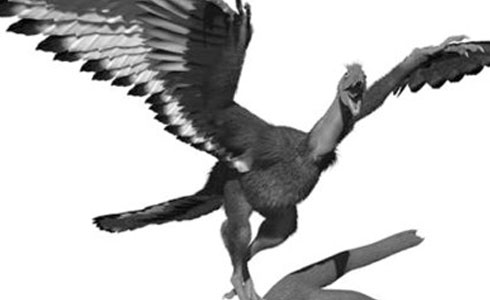Weekly Science Picks

I hope everyone’s had a good week! Personally, mine’s been rather tiring, having to take care of various academic shenanigans and with plenty to write about. And I have a couple of research fellowships still to apply for. Eek! But enough about me, because there have been some genuinely exciting things happening in science over the past few days. Here are the stories which managed to catch my eye…
One of the most interesting pieces of science news this week was that, for the first time ever, a fluorescent protein was discovered in a vertebrate animal – specifically, the Japanese freshwater eel. I also like that the protein has been named unaG – 鰻, or “unagi” is the Japanese word for eel!
First fluorescent protein identified in a vertebrate
“I don’t think anyone would have thought that eels would have such a bright fluorescent protein,” says Robert Campbell, a protein engineer at the University of Alberta in Edmonton, Canada. And UnaG is in a class of its own, he says. “It’s totally different” from other fluorescent proteins. “There’s not anything you can point to that’s the same.”
Long, long ago, an animal called archaeopteryx was believed to be the very first bird to have evolved on our planet. And now, using an x-ray technique to trace pigment molecules in fossils, we have a better idea of what it its plumage looked like!
Archaeopteryx Feathers Were Black & White
“The fact that these compounds have been preserved in-place for 150 million years is extraordinary,” said study co-author Phillip Manning, a paleontologist at the University of Manchester, in a statement. “Together, these chemical traces show that the feather was light in color with areas of darker pigment along one edge and on the tip. Scans of a second fossilized Archaeopteryx, known as the Berlin counterpart, also show that the trace-metal inventory supported the same plumage pigmentation pattern.”
A few short days ago, wannabe asteroid miners, Planetary Resources, have announced their plans for the ARKYD space telescopes they hope to launch. As well as helping to prospect for asteroid minerals, they hope that their telescopes can be used in exoplanet research, filling the rather conspicuous gap left by Kepler’s recent demise – but only if they can crowdsource $2 million (US) of funding! Whatever your opinions on this, I must say that their mission statement to make science and exploration more accessible to us all is certainly a noble one.
ARKYD: A Space Telescope for Everyone
Since the formation of Planetary Resources, our primary goal has been to build technology enabling us to prospect and mine asteroids. We’ve spent the last year making great leaps in the development of these technologies. These advancements have presented us with the opportunity to engage in another passion of our team: to make space exploration accessible to everyone.
Finally, we have some pretty good reasons to believe that Europa, Jupiter’s large icy moon, has a huge subsurface ocean of saltwater. This makes Europa one of the best places in the solar system to look for extraterrestrial life – and one interesting idea which has been proposed is to send a tiny submarine to investigate. Both scientifically interesting and cute!
Tiny Submersible Could Search for Life in Europa’s Ocean
The existence of Arctic bacteria living under extreme frigid conditions on Earth suggests that life could possibly survive on icy Europa as well. But any life on Europa would only survive by hiding deep beneath Europa’s crust — an icy covering about several kilometers (1 or 2 miles) in thickness — because of the radiation from Jupiter’s magnetosphere bombarding the moon’s surface.
Image credit: University of Manchester
Hammonds M (2013-06-16 13:45:57). Weekly Science Picks. Australian Science. Retrieved: Dec 06, 2025, from https://ozscience.com/news/weekly-science-picks-35/
 Follow
Follow